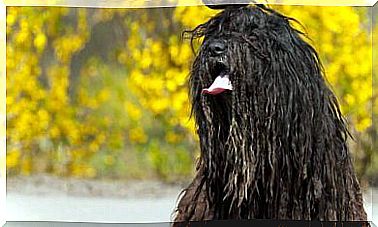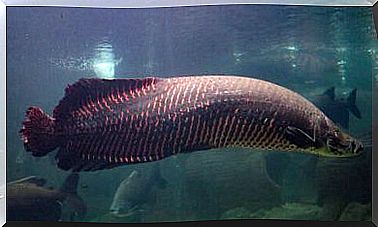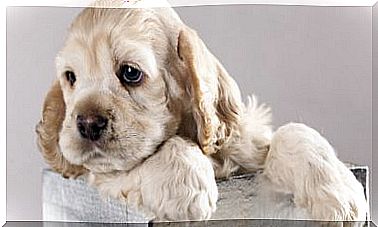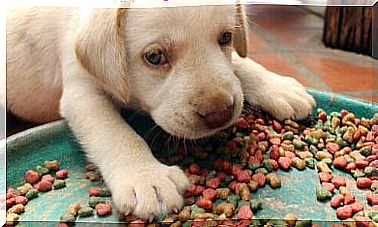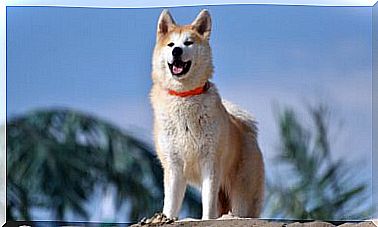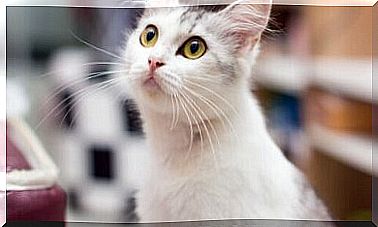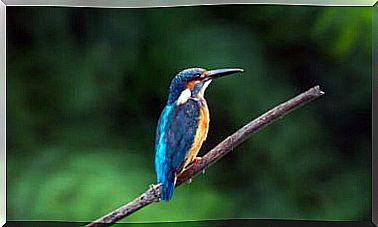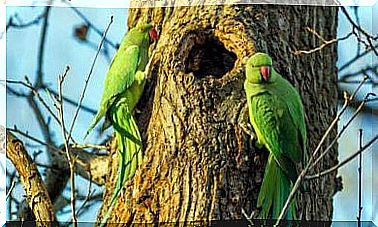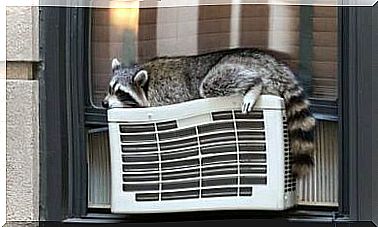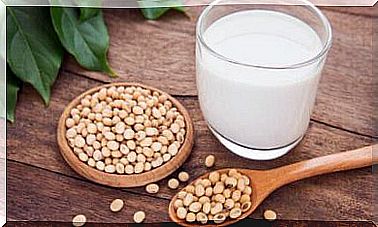Portuguese Row: History, Characteristics And Curiosities
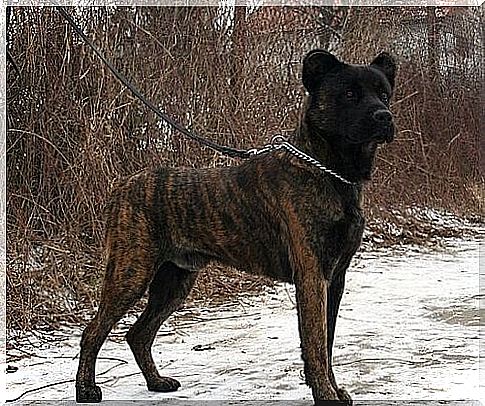
The Portuguese Fila is one of the lesser known breeds outside its home country of Portugal. Here, historically, it has often been used as a cattle dog. However, times change and, today, it has become a perfect companion animal for all families. So let’s see what you need to know about this beautiful dog.
Let’s discover the Portuguese Fila together
Called in Portuguese Cão fila de São Miguel , this breed is native to the island of San Miguel in the archipelago of the Azores, Portugal. It is a descendant of the now extinct Barbado da Terceira and of the Cão de Castro Laboreiro , introduced on the island around the 16th century.
Morphologically, the Portuguese Fila is a fairly large dog, developed for grazing large animals such as cattle, which earned it the nickname of “cow dog” on the island. Outside of that, the breed is gaining ground across Europe. However, as early as 1984 the first evaluation of the breed standard was registered with the FCI (International Dog Federation).
Physical aspects
This breed belongs to the Molossians. These are dogs designed to have a powerful bite, ideal for tasks of any kind. Its main attraction is the coat which is quite particular. In fact, aesthetically it is composed of stripes or it can be fawn-colored. Here are other important characteristics of this species:
- It has a large skull that stands out on its body.
- Its muzzle is somewhat shorter in relation to the length of its head
- The lower jaw is shorter than the upper jaw. However, it is capable of delivering a very powerful bite .
- The nose is large and black.
- The eyes are round and small, separated from each other.
- The ears are set at eye level and are medium cut, without creasing.
As for its structure, it should be noted that its body is muscular and light, ideal for running under pressure and over long distances:
- The Portuguese Fila weighs, on average, about 28 kg if it is male, 24 kg if it is female.
- Its height varies between 50 and 60 centimeters in males (from 48 to 58 in females).
- The chest is broad and broad, supported by a straight back.
- The legs are long and strong, ideal for any terrain.
- The tail is long, it is usually not clipped as it is an illegal practice in Portugal.
- Its skin is thick and has a short, smooth coat with a rough texture.
In summary, we are talking about a powerful dog designed for rural areas. Its biggest advantages come from its great energy and endurance. Factors that allow him to cover great distances at good speed. Its ability to adapt to any type of terrain is remarkable.
Behavior
The Portuguese Fila is a shepherd dog designed for cattle (cattle dog), a delicate task that it manages to perform thanks to its privileged intelligence. It is an animal that takes care of the herd with great diligence, which it directs with firmness and hardness on some occasions, because it even bites the cows delicately, on the legs, in order to guide them.
Moreover, its balanced temperament makes it perfect for living in contact with the family, because it is a very kind and affectionate animal towards all the members of the house. It also serves as a guard dog, because it loves to patrol its territory, protecting it with great courage and security.
In front of strangers, he behaves with caution and distrust. Always be on the lookout for any sudden changes or signs of aggression from others. It is dominant towards other dogs, so it must be properly socialized at an early age to avoid problems.
Training
He is a suitable country dog, not recommended for urban environments unless yours is a very active family. This is due to the fact that the Portuguese Row requires a lot of exercise and ample space to run freely. Therefore, not having these elements can trigger unwanted behaviors in him, such as nervousness, aggression and destructive tendencies.
It is not a suitable breed for beginners due to its dominant attitude. The best approach is that of an expert and kind hand, who imposes consistent rules and who knows the tools necessary to educate him to behave correctly.
Basic care and health
Being a dog of considerable size, the Portuguese Fila presents the classic diseases of large dogs, such as hip dysplasia and stomach torsion. Attention should be paid to the eyes, due to the humidity that resides in them, as it is an ideal condition for fungi and other bacteria.
As for the care of his coat, a daily brushing will be more than enough to keep him tidy and clean. Likewise, it is necessary to check the areas of the body where there are folds or which come into permanent contact with the ground.
Sometimes, he may have paw problems. The fouling of external elements is something usually in them and the appearance of ticks must be managed carefully, to avoid the risk of transmission of babesiosis. As for nutrition, the Portuguese Fila is prone to overweight and you will therefore have to plan, with the help of your veterinarian, the most suitable diet for your dog. Always respecting elements such as age, health and the type of daily physical routine .
